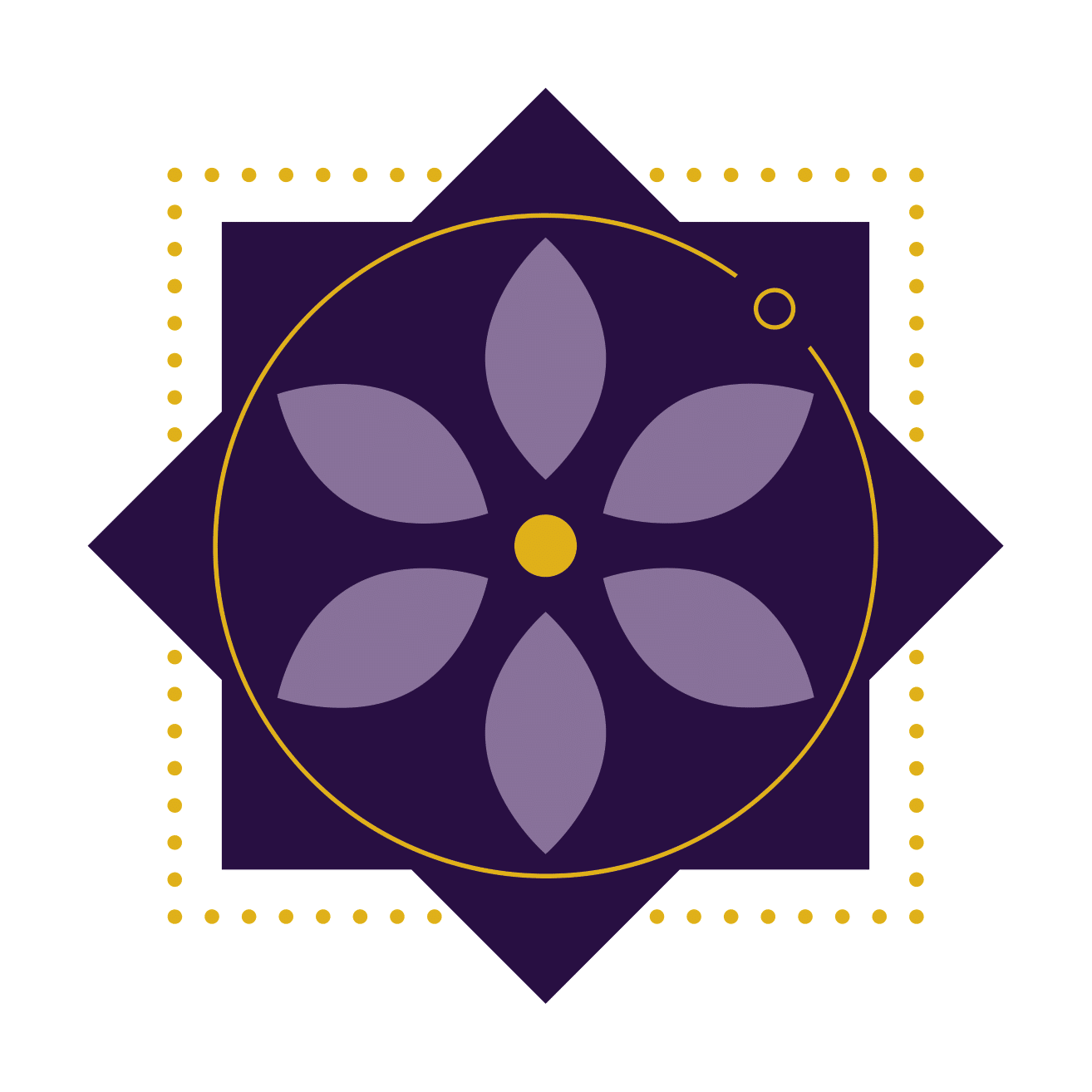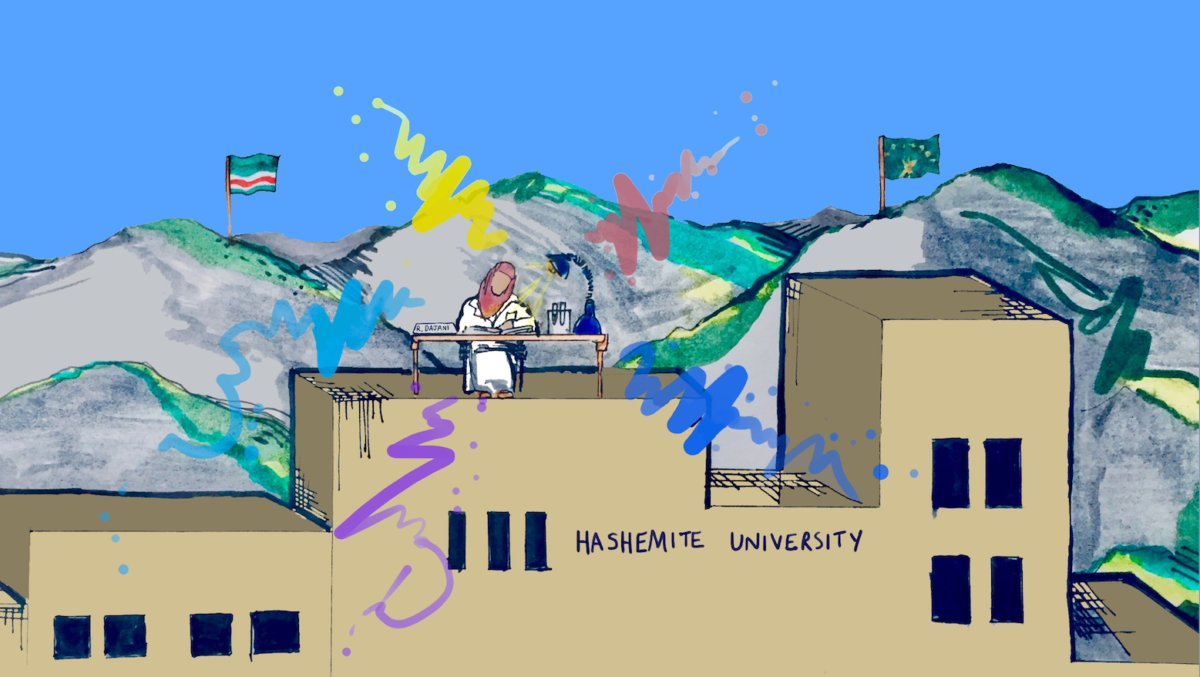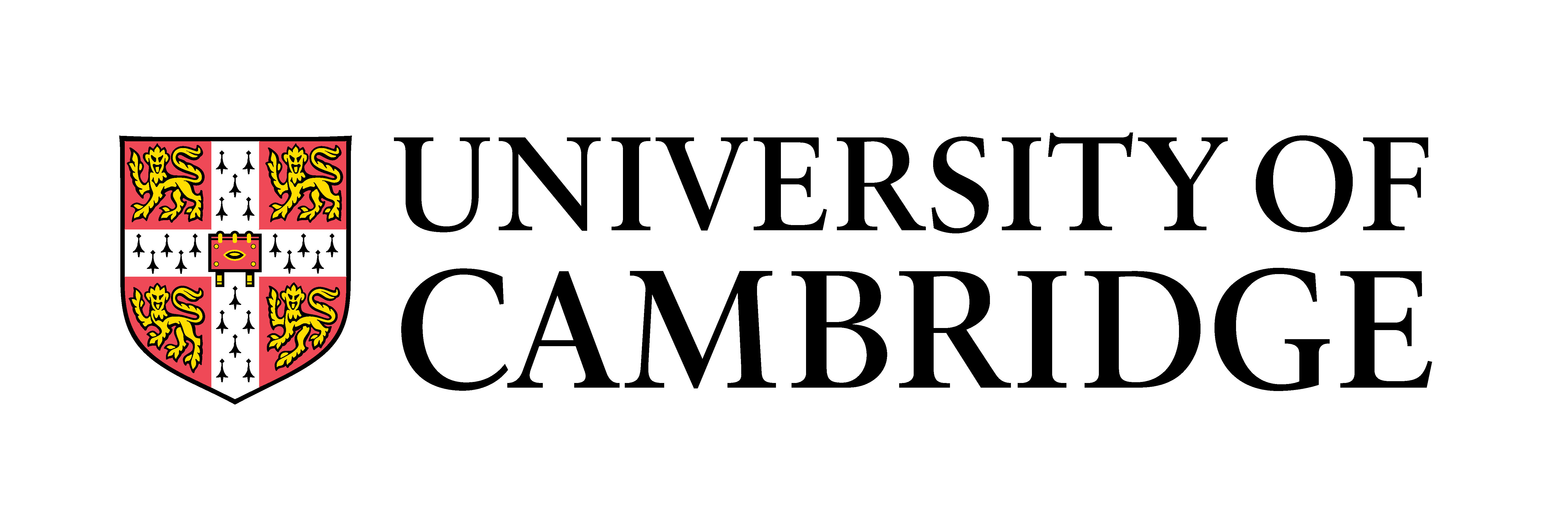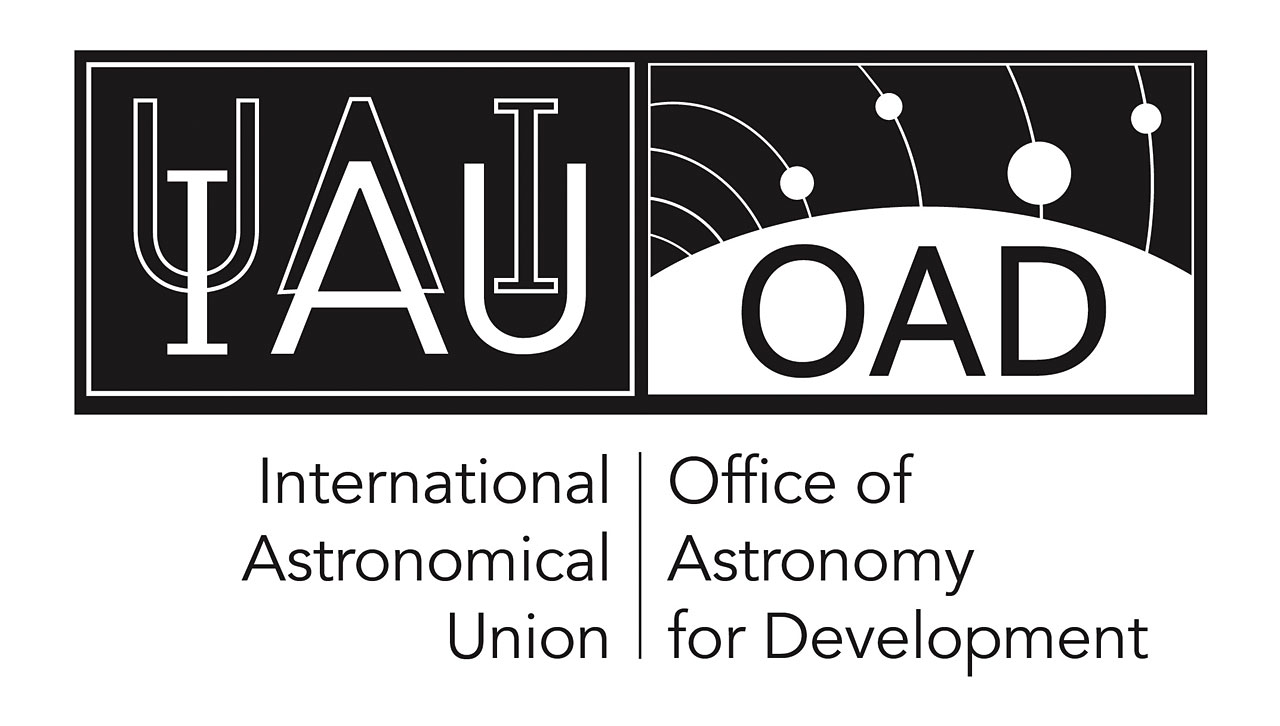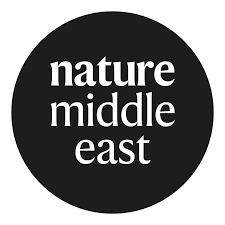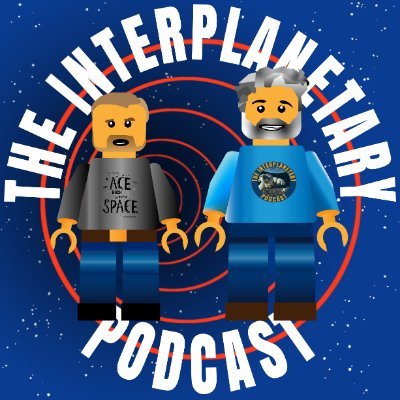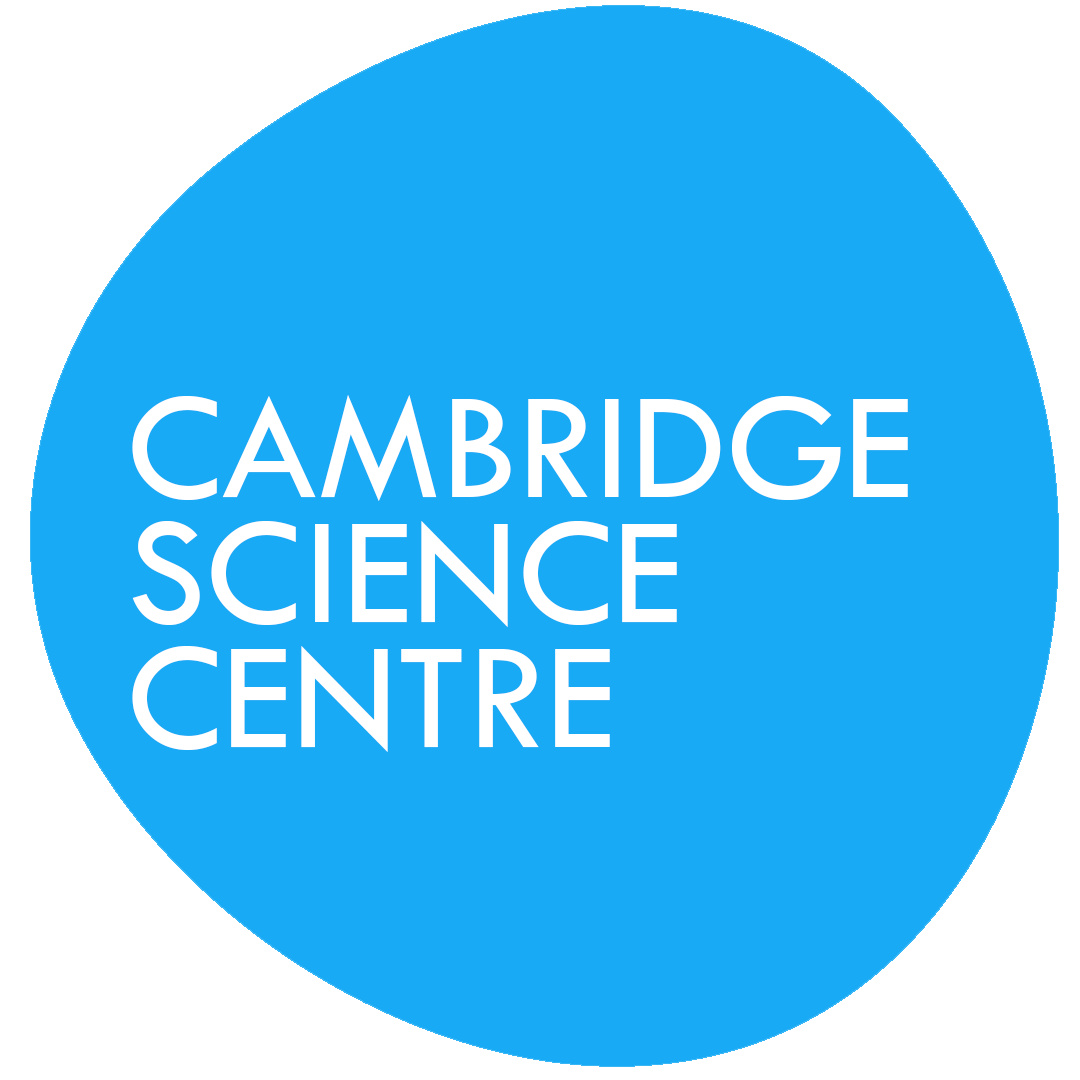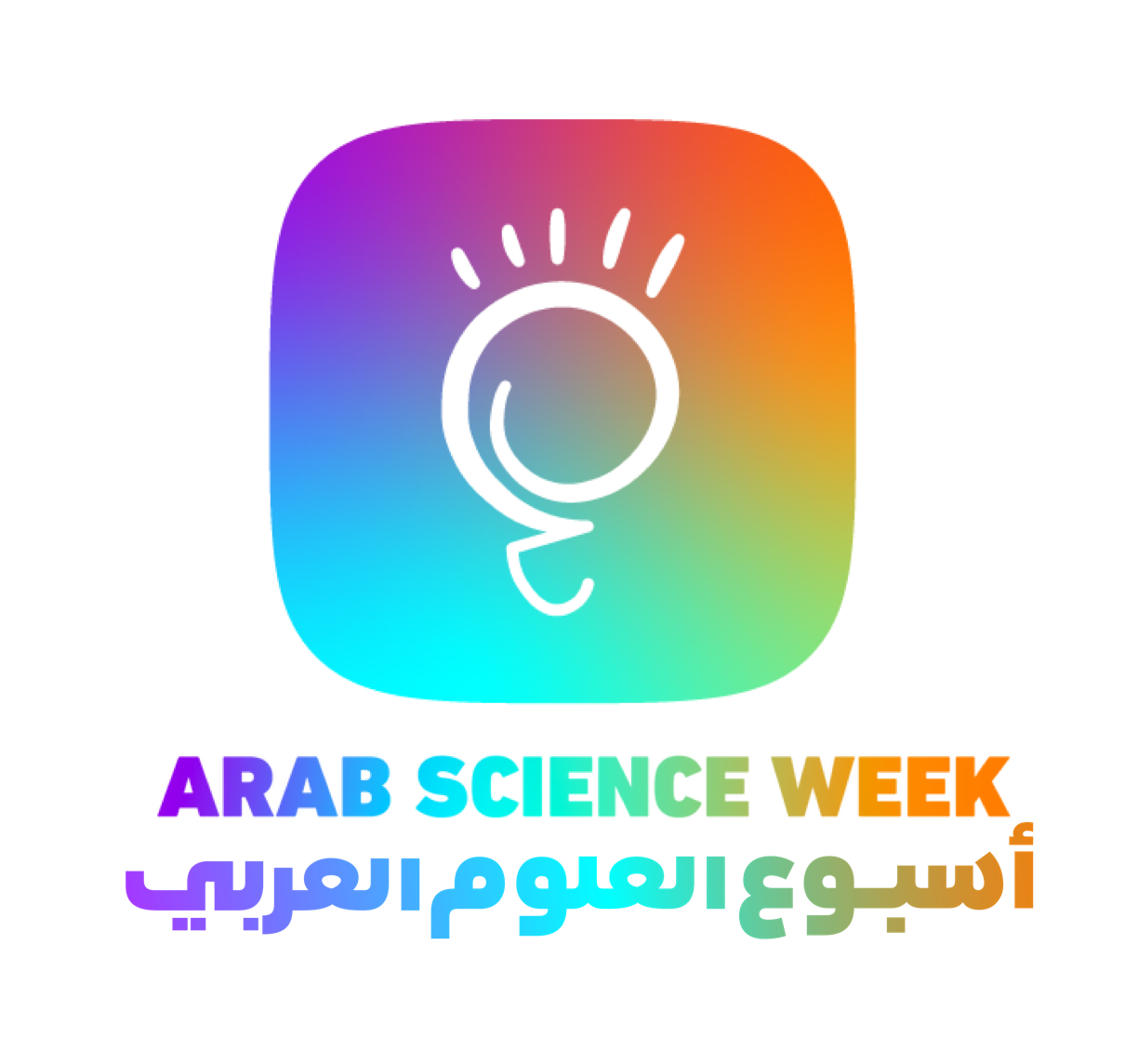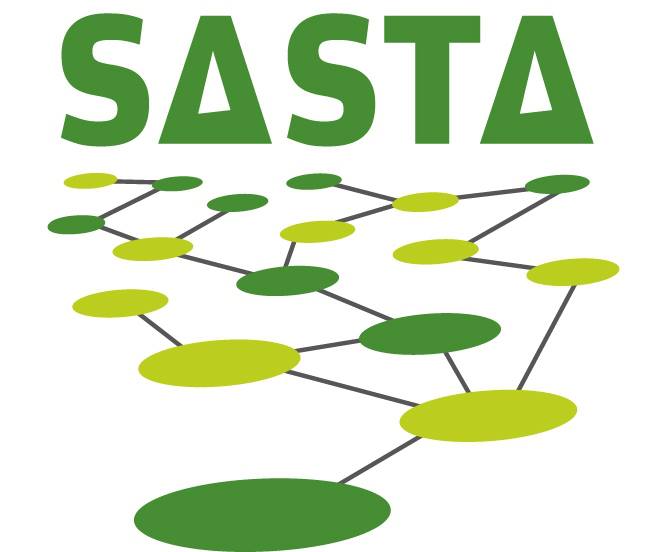Not long after my return to Amman, I took a faculty position at the Hashemite University. The university was built along a busy highway leading to the Syrian border, about fifty minutes from my family’s home. I used to joke to myself along the way that if I felt like it, I could skip class, drive all the way to Damascus, and make it back for my last lecture of the day. The war changed all of that of course.
An hour-long commute could seem like a burden, but I actually enjoyed the drive and treasured my time in the car. I would listen to books and novels on tape the entire way and the commute became a real intellectual journey. I remember how once Marisha Pessl’s Special Topics in Calamity Physics hit me particularly hard. I stayed in the car for an extra hour just to finish it and was in a total stupor for the rest of the day.
At the university I had no computer for work and had to use an old personal device until the end of my first year. I wanted to establish my own lab, but the university had very little equipment or space. I was trained by the best and knew how to construct a top-notch research laboratory. It took me a great deal of grant writing to finally build one.
Then I started combing through the latest scientific literature trying to find the right path of inquiry or a wild card that would allow me to compete at international level. It was 2006. My vigorous search led me to research that had been just published on the genetic characteristics of isolated populations. In such homogenous populations, genetic risk factors would be easier to identify due to the fact that researchers have fewer variables to keep constant. This provided insight on novel genetic risk factors for multiple diseases including diabetes, schizophrenia and cardiovascular disease. All of a sudden I thought to myself, “I have just such a homogenous population here in Jordan, right in my own backyard—in fact, not one, but two!”
In Jordan, we have two genetically-isolated populations, the Circassians and the Chechens. They have been isolated geographically and culturally for more than one thousand years in their respective regions, and for the past 140 years in Jordan. These populations were likely genetically homogeneous because of their endogamous marriage patterns and strong communal boundaries. I felt I’d struck gold. I had found an area of research that would allow me to contribute to world-class science. I decided to rigorously study the genomes of these two populations.
I spoke with several Circassian and Chechen elders, read their history in great detail, and started to trace the development of both peoples over the last millennium.
I established my own lab and assembled a team comprised of an anthropologist, an epidemiologist and a biochemist. Such multidisciplinary research and collaboration were rather uncommon in Jordan. My team and I opted for an inclusive approach recruiting scientists from the two communities under scrutiny.
We conducted a careful genetic investigation of both communities, simultaneously offering medical advice, blood testing and full pedigree analysis. Everyone was extremely cooperative and enthusiastic. Patiently, we created a DNA data bank and published several articles describing in detail the patterns of diseases such as diabetes, metabolic syndrome and hypertension among both Circassians and Chechens in Jordan. We also conducted genome analysis and discovered a novel genetic risk factor for diabetes.
We established ties with the Children’s Hospital of Philadelphia around DNA analysis which continues to this day. Contrary to the norm in the region, where research is often initiated in the West and scientists from developing countries are co-opted, this collaboration began in Jordan and was initiated by our lab. This is how I established myself and my team as world experts on these two populations, thereby creating a competitive niche.
Over the years, I was approached by other scientists at high calibre institutions to integrate our findings into their own work. Research teams at UC Berkeley and University of Copenhagen incorporated our DNA studies into their analyses of ancient human lineages and migrations across Eurasia, the largest continent on Earth comprising all of Europe and Asia, because of our expertise on populations from the region.
Locally, I established a state-of-the-art research laboratory. It quickly became a haven for graduate students to learn, and a model that other scientists in the region have sought to emulate. My team and I have also been able to serve the two communities we studied through sharing information and building phylogenetic trees to help preserve their ethnicity, history and culture, while acknowledging their contribution to science and to the advancement of human health.
This is one of the ‘scarves’ I wear, that of a scientist who built a DNA database that is still in use today and has opened up many areas of research for other scientists. The journey certainly had its challenges, but persistence and thinking creatively can inspire change. Opportunity emerges from working on questions that make us unique and meet the needs of our populations. This is my guiding principle also for the other four scarves I wear; that of a mother, a teacher, a social entrepreneur and a feminist.
The story has been compiled and edited by Meher Daultana and Ghina M. Halabi, based on Dajani’s book ‘Five Scarves, Doing the Impossible’, which talks about the five ‘scarves’ she wears. The book has been reviewed by Nature and poses a remarkable inquiry; if science can reverse engineer embryonic life forms, why can’t a similar breakthrough be established in the pursuit of gender equality?
Illustration by Reine Defranco, conveying an image of a woman who looked to her region for inspiration, and as a result built new buildings and spaces for research that raise her desk up and place her in a greater position of positive influence. Her five scarves surround and support her as she builds the foundations for her lab at Hashemite University. In the distance of the landscape Reine included the Circassian and Chechen flags – the populations that the author connected with to begin her journey.
